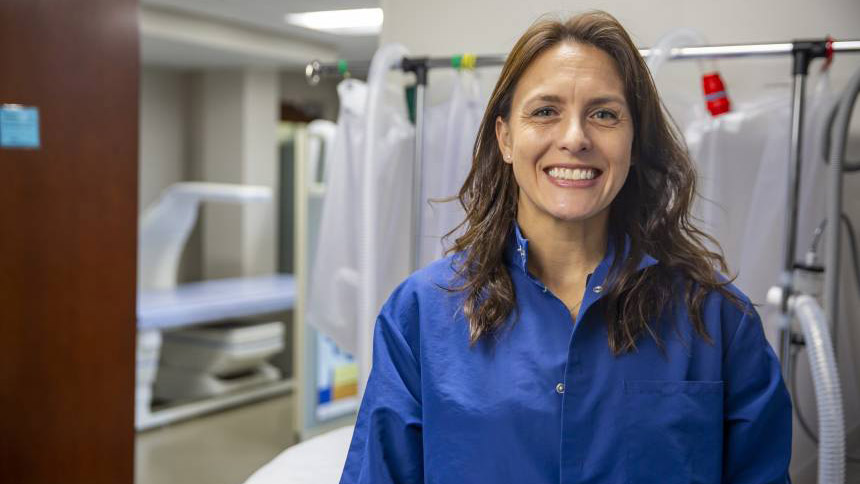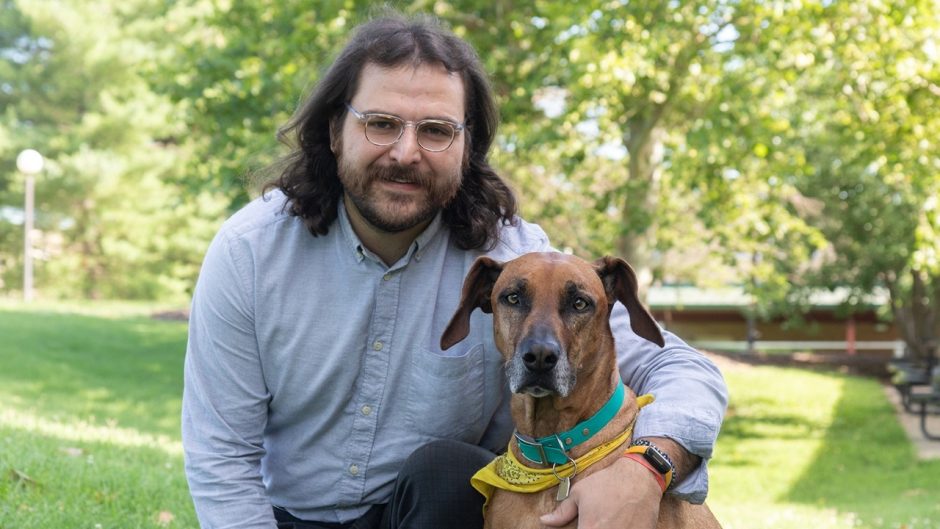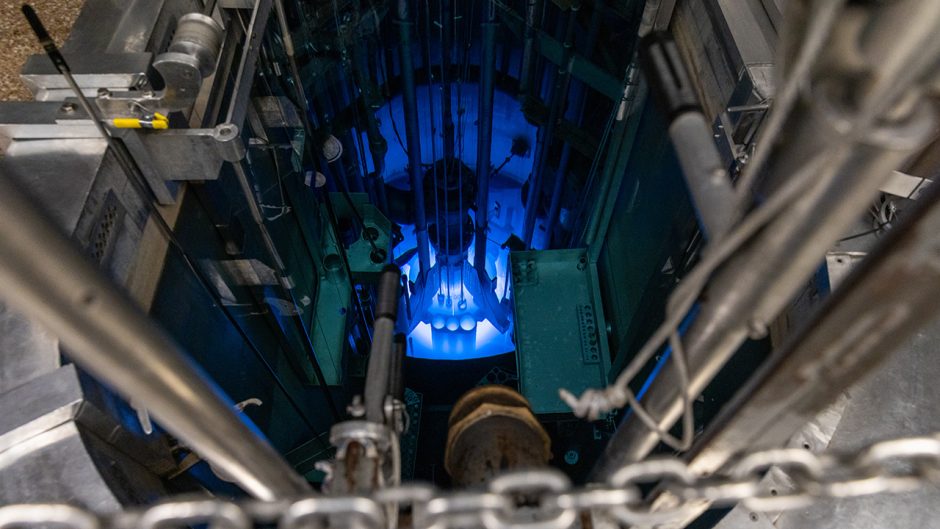
Feb. 8, 2023
What do little girls dreaming of being an astronaut and women with sleep apnea have in common? They may both benefit from the research of Jackie Limberg, an assistant professor in the College of Agriculture, Food and Natural Resource’s (CAFNR) Department of Nutrition and Physiology.
When Limberg and her team of graduate students were recently examining the effects of hypoxia — low oxygen — and the body’s response, they found that women and men were affected differently.
“It’s not that it was really shocking what we found,” Limberg said. “It was shocking that it hadn’t been studied before.”
Until now, that is. Limberg and graduate student Dain Jacob are working to bridge that gap with funding from the National Institute of Health and the American Heart Association.
When the body is exposed to low oxygen, it can cause a number of other reactions including changes in blood pressure and impaired cognition. Limberg wanted to know if these effects might be worse in women —a group often excluded from this type of research.
One reason these studies may have been neglected in the past is simple logistics. Limberg said that the resources she has at the University of Missouri place her in a prime position to do the research she does.
“I couldn’t do this work anywhere else,” Limberg said. “It’s not just the kind of researchers we have, but that they are so willing to collaborate.”
Limberg’s faculty collaborators on this project include fellow nutrition and exercise physiology Associate Professor Jaume Padilla and Associate Professor of Medicine and board-certified endocrinologist, Camila Manrique. Padilla and Manrique both call NextGen Precision Health their home, while Limberg is based in CAFNR.
She also relies on the help of two cardiologists with the MU School of Medicine, Brian Bostick and Arun Kumar. Bostick and Kumar act as clinician scientists, volunteering their time administering medications, inserting catheters and performing other clinical tasks with study participants.
“This has been a fun project because we ask the same question from different angles,” she said. “One group is interested in how insulin makes blood flow go up. I am interested in how it makes it go down.”
Read more from the College of Agriculture, Food and Natural Resources


![062625_CEI Aerial View_email-cropped[29] (1)](https://showme.missouri.edu/wp-content/uploads/2025/06/062625_CEI-Aerial-View_email-cropped29-1-940x529.jpg)
